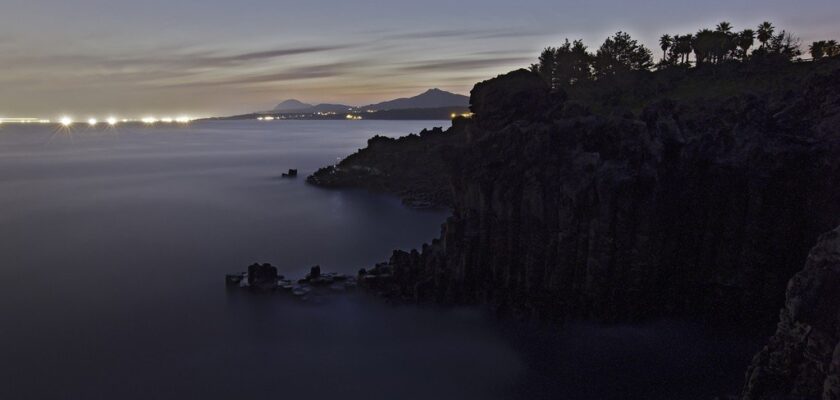Jeju Island
Jeju Island is the largest of over four thousand islands belonging to the Republic of Korea. It is also the most remote: the distance to the southernmost point of the mainland is 90 kilometers. Thanks to its isolation from the centers of civilization and its unique tropical appearance, the island has become a real boon for tourists who come here from all over the world. Jeju’s mild maritime climate (average summer temperatures range from +22°-26° C) is harmoniously combined with a unique natural landscape created by volcanic activity.
.
And the island itself, one of the most beautiful in the East Asian region, is an extinct ancient volcano. Almost in the center is one of the natural landmarks, Mount Hallasan, the highest point in South Korea, pointing 1,950 meters into the sky. Jeju, an island and at the same time a special autonomous province of the Republic of Korea, was included in the list of UNESCO World Heritage Sites in 2007. And according to the results of an international competition held in 2011 by the Swiss New7Wonders Foundation, it was included in the ranking of the seven new wonders of the world.
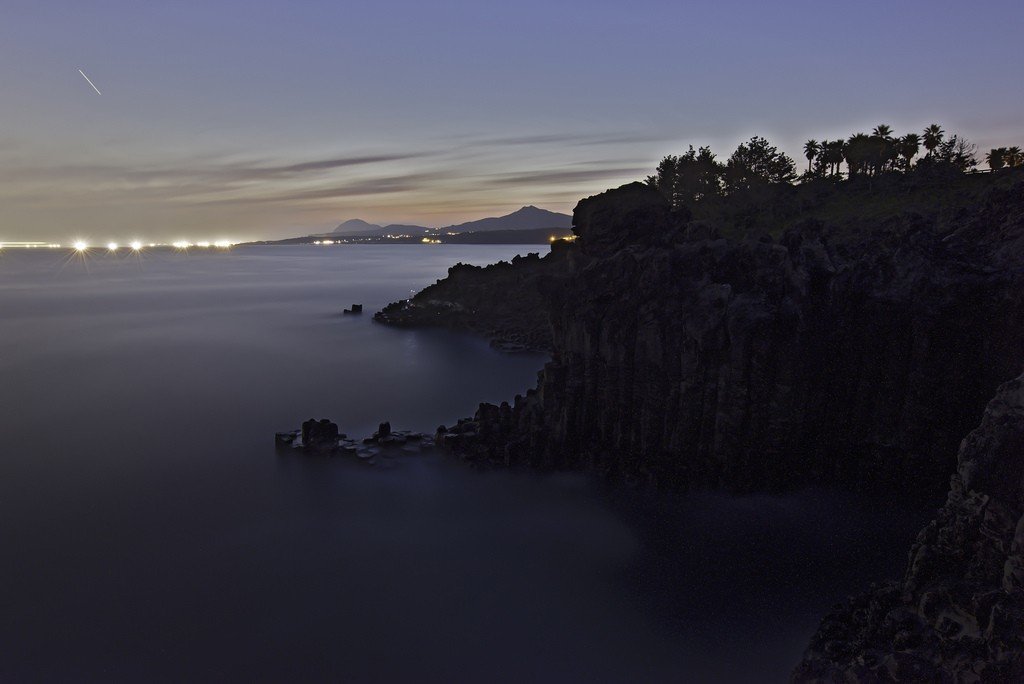
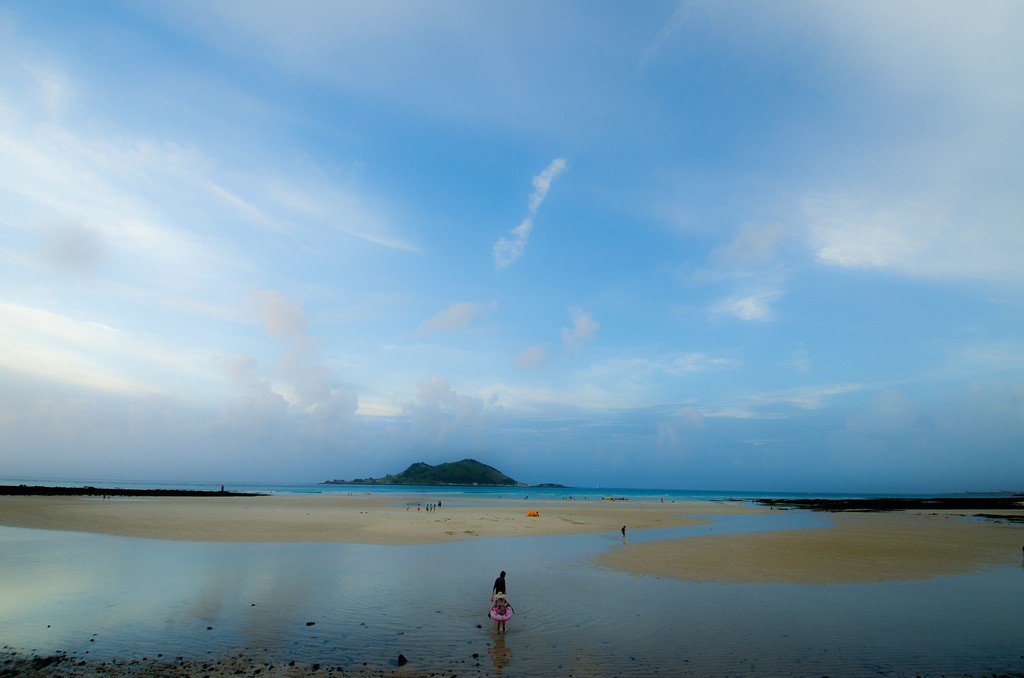
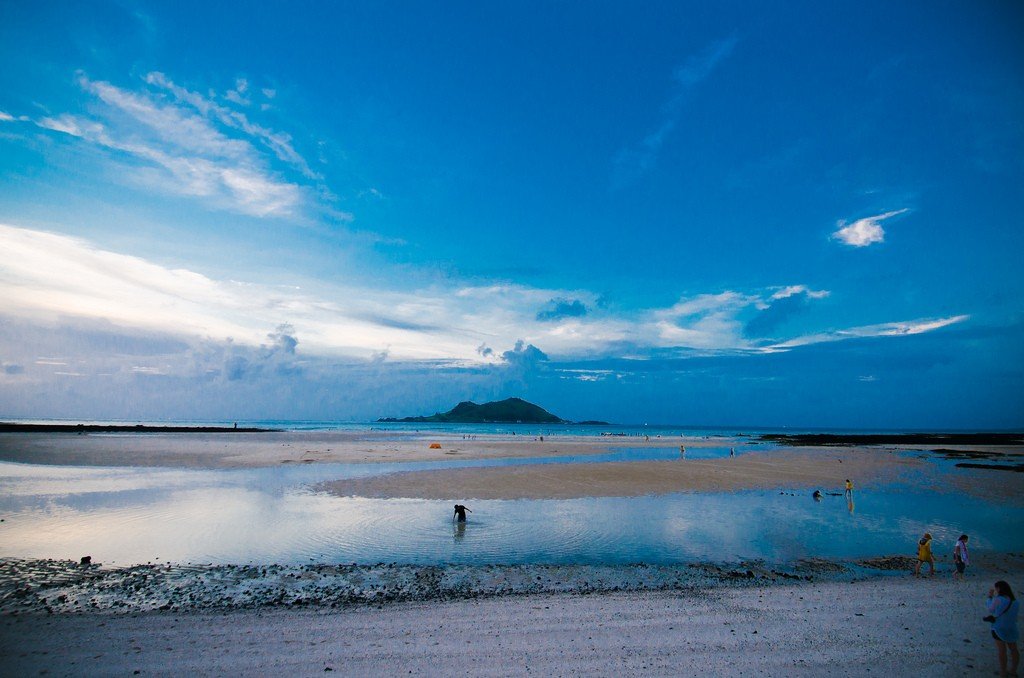
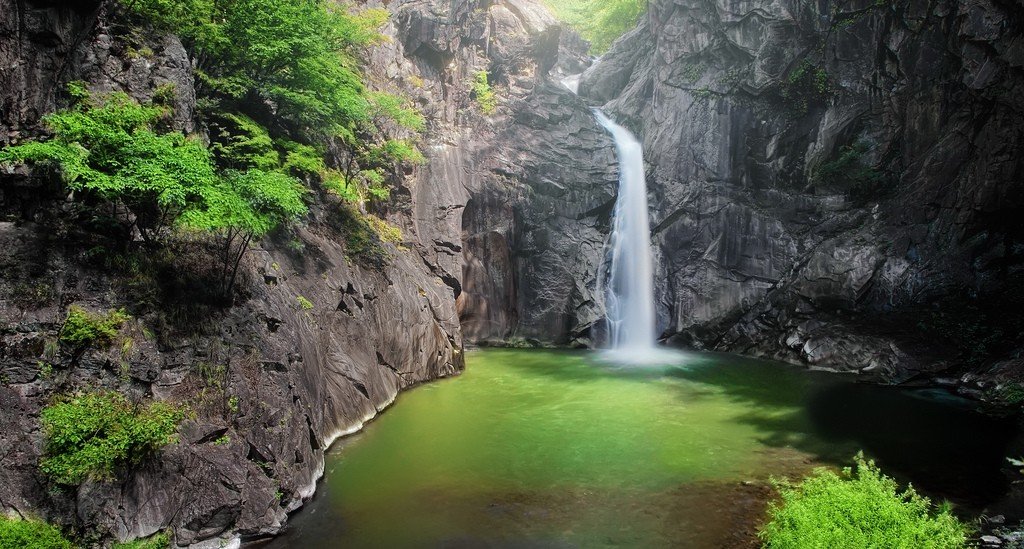
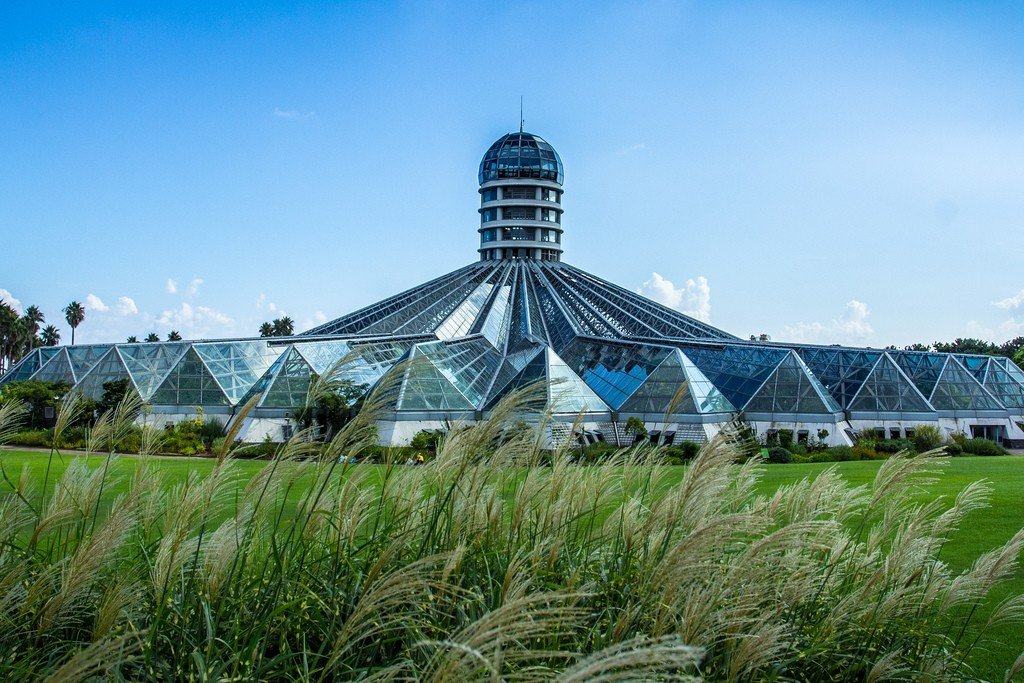
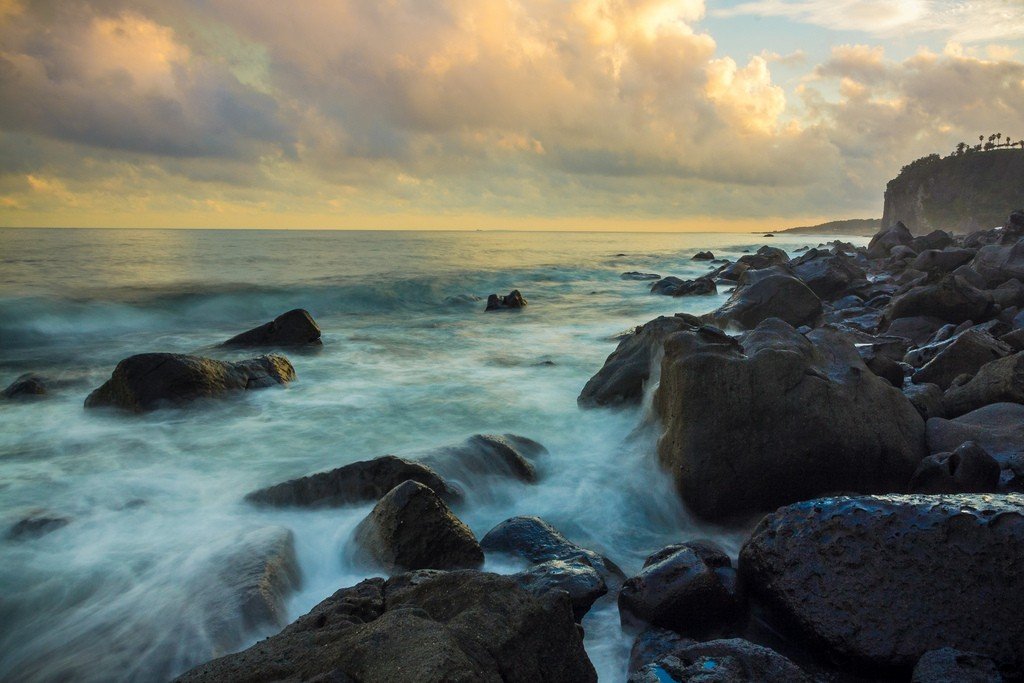
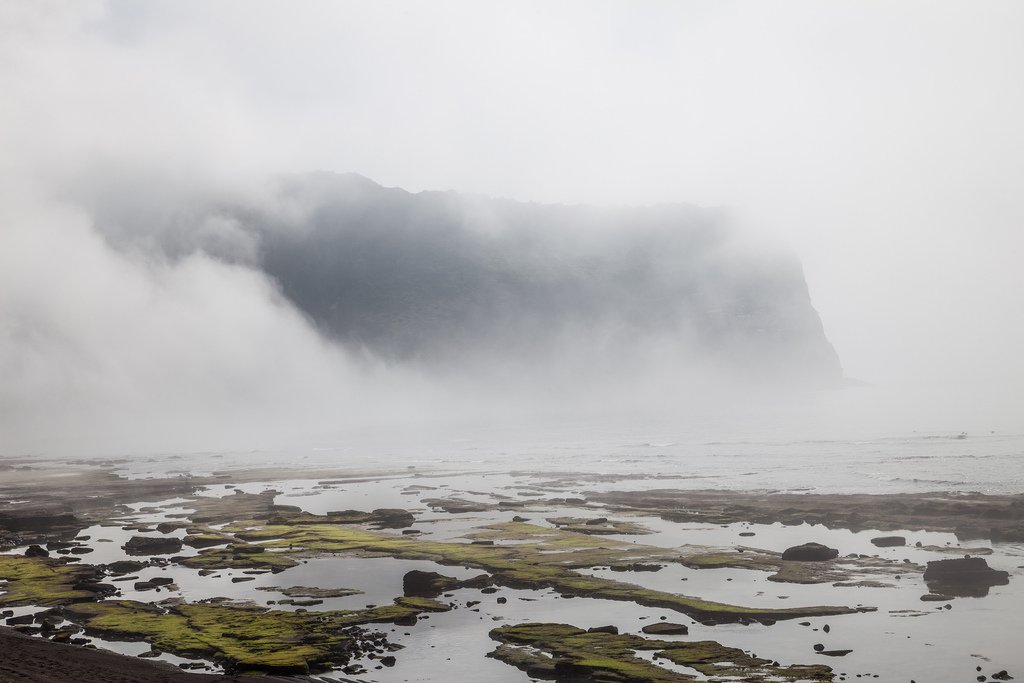
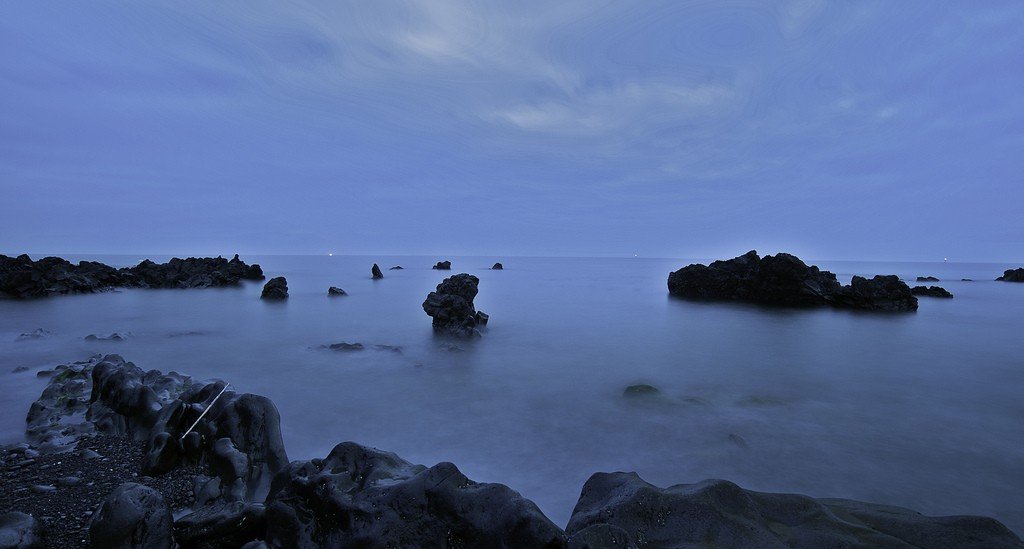
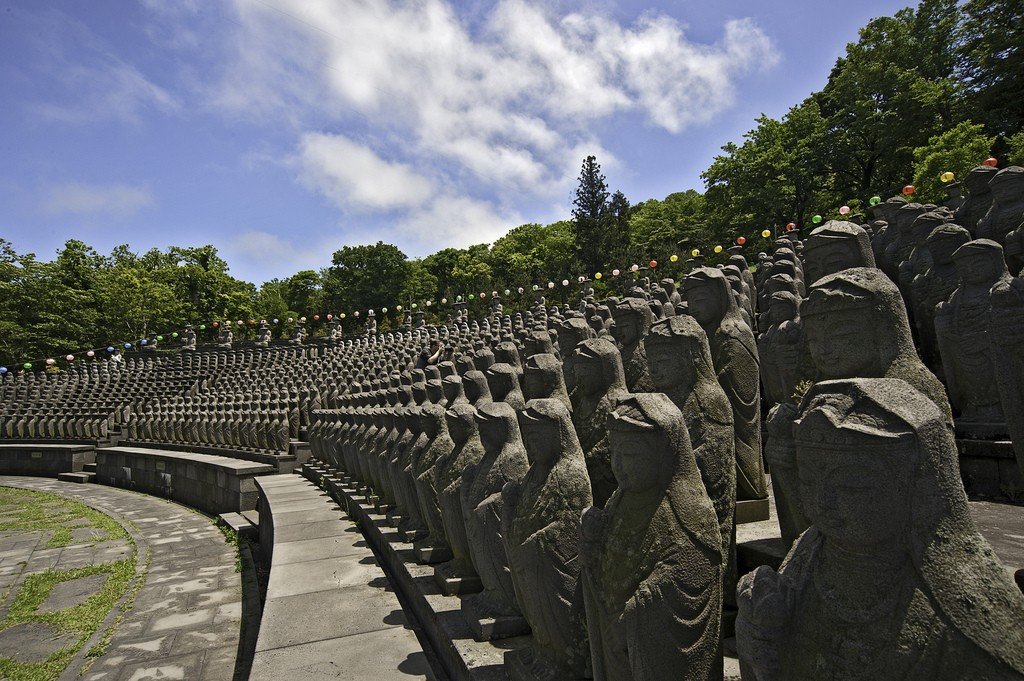
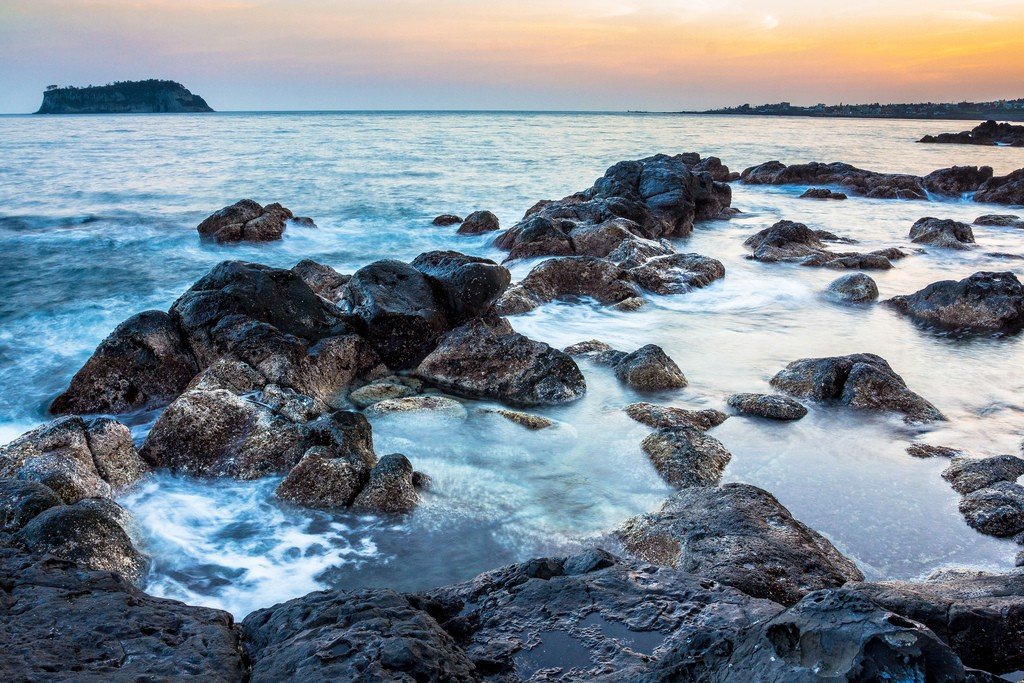
Video: Jeju Island
Some of the island’s attractions
Tolharubans. These busy stone figures depicting good-natured Korean old men are Jeju’s calling card. They are popular on postcards and souvenirs, so tourists don’t usually have to ask what to bring home as a souvenir. But for locals, tolharubans are a real amulet. It is unlikely to find a house here, which would not have found such a three-meter tall giant – guardian against evil spirits.
.
Love Land (Jeju Loveland) A famous erotic sculpture park, the main theme of which is sexuality in its many manifestations. There are 140 outdoor sculptures that depict not only humans, but also locals’ favorite dogs in a variety of erotic poses. The theme of the park is something out of the ordinary not only for Jeju, but also for the whole country, given the national modesty of Koreans. But the tourists love it!
Seongyip Folklore Village. It is a natural ethnographic reserve where the indigenous people preserve their identity and honor the customs and traditions of their ancestors. In the Middle Ages, the village was the capital. But not of the whole island, but of one of its counties. People come here for folk medicine recipes and ready-made potions. In Songyp they sell local handicrafts, which tourists are eager to buy.
Subtropical Park “Hallim”. Once it was a lifeless stony wasteland, but now it is a real oasis with various samples of local flora. The park is divided into several themed gardens, including a tropical garden and an aquatic garden. There are several volcanic caves. The attention of visitors is invariably attracted by unusual cacti: the juice of their purple and green fruits, as it turns out, is drinkable.
.
Yomichi Botanical Garden. It has an area of over 112 thousand square kilometers, where unique specimens of plants growing in the tropics and subtropics are collected, about 2 thousand rare species in total. They are scattered in open and closed areas. Some gardens – Flower Garden, Jungle Garden, Cactus Garden, Lily Pond, Nature Garden and others – are in the national style, that is, they reflect the flora of different countries: Italy, France, Japan and Korea itself.
.
Green Tea Museum was created to study the history of this popular and useful drink, which is loved not only in Asia, but also in all parts of the world. Visitors here will discover the secrets of its proper preparation, as well as tell about the use of tea leaves in cooking. After all, few people know that Koreans add them to baked goods and desserts. And tea leaves have also found use in cosmetology and perfumery.
Waterfall. Waterfalls of Jeju Island. Cheongjeong Waterfall is located near the Chungmun area, right in the park, where (namely from the bridge of 7 nymphs) there is a great view of the sea. Chongbang is considered the most picturesque: there is even a staircase leading up to it. In its vicinity in good weather there are always a lot of women divers: they catch seafood. Not far from the port of Sogwinpo “throws” its waters Cheongjiyeong, under which there is a deep 12-meter pool. . First you need to get to Seoul, the capital of the Republic of Korea. There are direct flights from Moscow, operated by Aeroflot and Korean Air, travel time is approximately two hours. Upon arrival in the city, you can take a flight Seoul-Cheju-Seoul (flight time – 35 minutes). Other tourists prefer to get to the island by ferry, which regularly runs from the mainland. At the service of visitors fashionable five-star hotels and inexpensive local guesthouses. The shuttle service, which is usually offered by hotels (most often free of charge), is popular among tourists.How to get to Jeju Island
.
